Every true MotoGP fan knows that the thrill of racing isn’t solely about speed, skill, and strategy. Just as crucial, if not more so, is the unpredictable element of weather. In this article, we’ll explore the multifaceted relationship between weather and MotoGP races including how teams prepare, how riders cope, and the shocking events that have unfolded because of Mother Nature’s moods.
Picture this: the skies suddenly darken, rain starts pouring, and the once-dry track transforms into a slick, slippery surface. How do riders adapt? How does weather impact race outcomes?
The Role of Weather in MotoGP Racing
Weather and MotoGP are inextricably linked, as weather conditions can dramatically alter the dynamics of a race. From temperature fluctuations to precipitation, every element plays a part. Let’s break down the key weather factors that influence racing outcomes.
Temperature: Riding on the Edge
The ambient temperature affects tire performance, engine efficiency, and rider comfort.

- Tire Grip and Performance: Higher temperatures can lead to increased tire grip, but tires can also overheat, causing a loss of traction.
- Engine Performance: Warmer air is less dense, affecting the engine’s oxygen intake. Conversely, colder conditions can help engines perform more efficiently but may challenge tire grip.
- Rider Comfort: Extreme heat can lead to fatigue, impacting a rider’s focus and performance over a lengthy race.
“The balance between high performance and rider comfort is more delicate than many realize.”
Rain: The Great Equalizer
Rain transforms a race into a completely different beast. Strategies shift, and all riders face the same slippery adversary.

- Changing Tires: Teams often have to make quick decisions regarding tire swaps. The transition from slicks to rain tires can be a race-defining moment.
- Rider Skill: Rain often levels the playing field, bringing out the best in skilled riders who can handle slippery conditions. Iconic racers like Valentino Rossi and Marc Marquez have consistently showcased their abilities when the weather goes south.
Example: In the 2012 Dutch GP, the rain turned the race into a spectacular display of skill as it saw up-and-coming stars outperform seasoned veterans.
Wind: The Hidden Challenger
Wind often goes overlooked but can greatly affect race performance.
- Cornering Challenges: Strong gusts can destabilize the bike during cornering, forcing riders to compensate and adjust their lines.
- Acceleration: A headwind can hinder a rider’s speed on straightaways, while a tailwind can give a much-needed boost, altering race strategies.
“While we often focus on rain, wind can be just as disruptive, often in ways we don’t immediately see.”
Preparing for the Inevitable
Teams and riders have developed extensive protocols for all weather conditions. Preparation is key to mitigating adverse weather effects.
Pre-Race Strategies
- Weather Reports: Teams rely on detailed forecasts to strategize tire choices and race approaches.
- Test Runs: Sometimes, teams conduct practice runs in various conditions to collect data, allowing for informed decisions during actual races.
On-the-Fly Decisions
- In-Race Adaptation: As the weather can change quickly, pit crews must be ready to adapt strategy instantly—whether it’s changing tires or altering fueling plans.
“Preparation on race day can be the difference between victory and defeat when the weather decides to throw a curveball.”
Case Studies: Dramatic Races Affected by Weather
Over the years, some races have etched themselves into memory, not just for the action on the track but for the weather’s role in shaping events.
The 2020 Austrian GP
Extreme heat caused tire degradation issues, leading to unexpected retirements and dramatic race finishes.

Aerodynamics played a crucial role as varying temperatures affected bike performance through laps.
The 1996 British GP
A torrential downpour turned the track into a chaotic scene.

Many riders struggled with visibility and grip, leading to a surprise victory by the lesser-known rider, making it one of the most memorable outcomes in MotoGP history.
Suggested Read: The Business of MotoGP: Sponsorship and Media Rights
Summarizing
Weather and MotoGP are more than just a backdrop in racing—it is a formidable opponent. From soaring temperatures to sudden rain showers, Mother Nature has a profound love for unpredictability that keeps both teams and fans on their toes. Learning to adapt to changing conditions is a skill that separates the good from the great.
Next time you tune in to a race, pay attention to how the elements play a role in the unfolding drama. Will rain favor one rider? Will the heat soften the competition? Feel free to share your thoughts on the weather’s unpredictable influence in MotoGP races below!


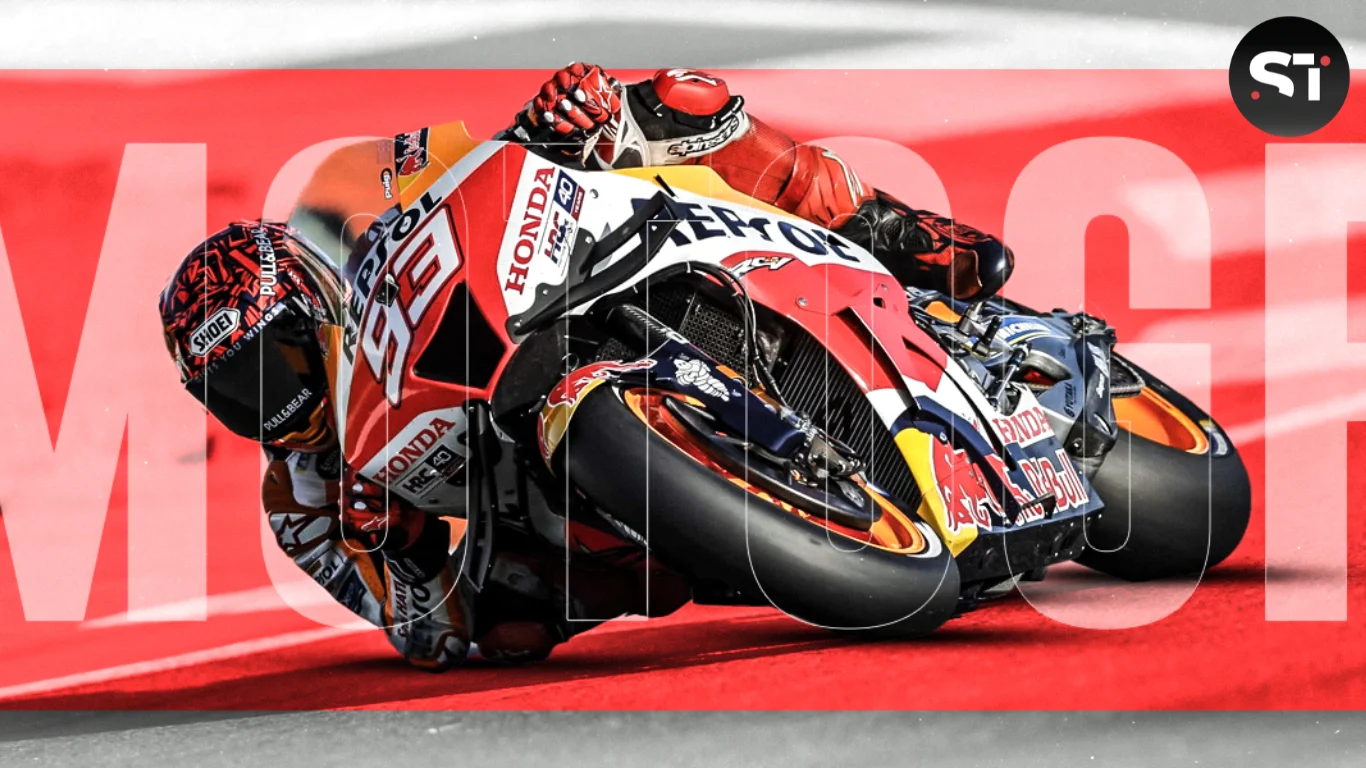
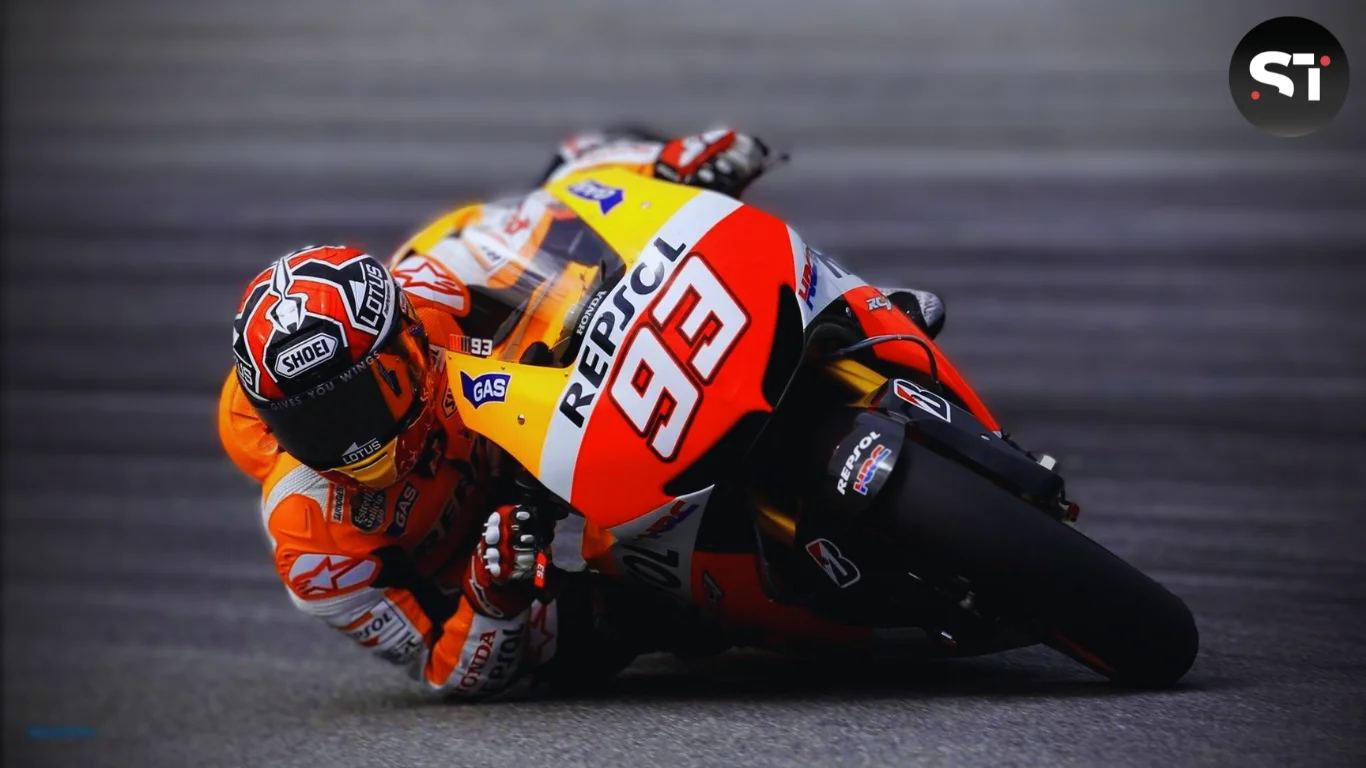
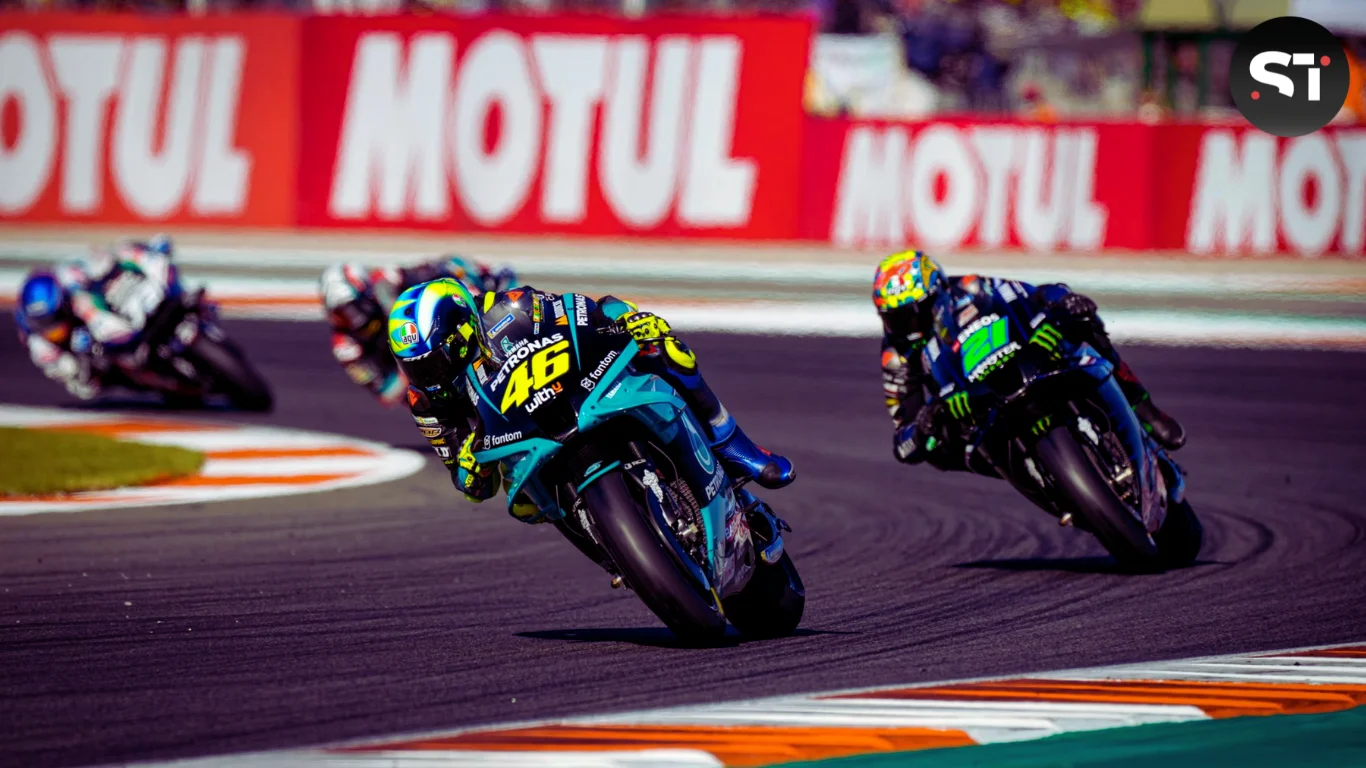
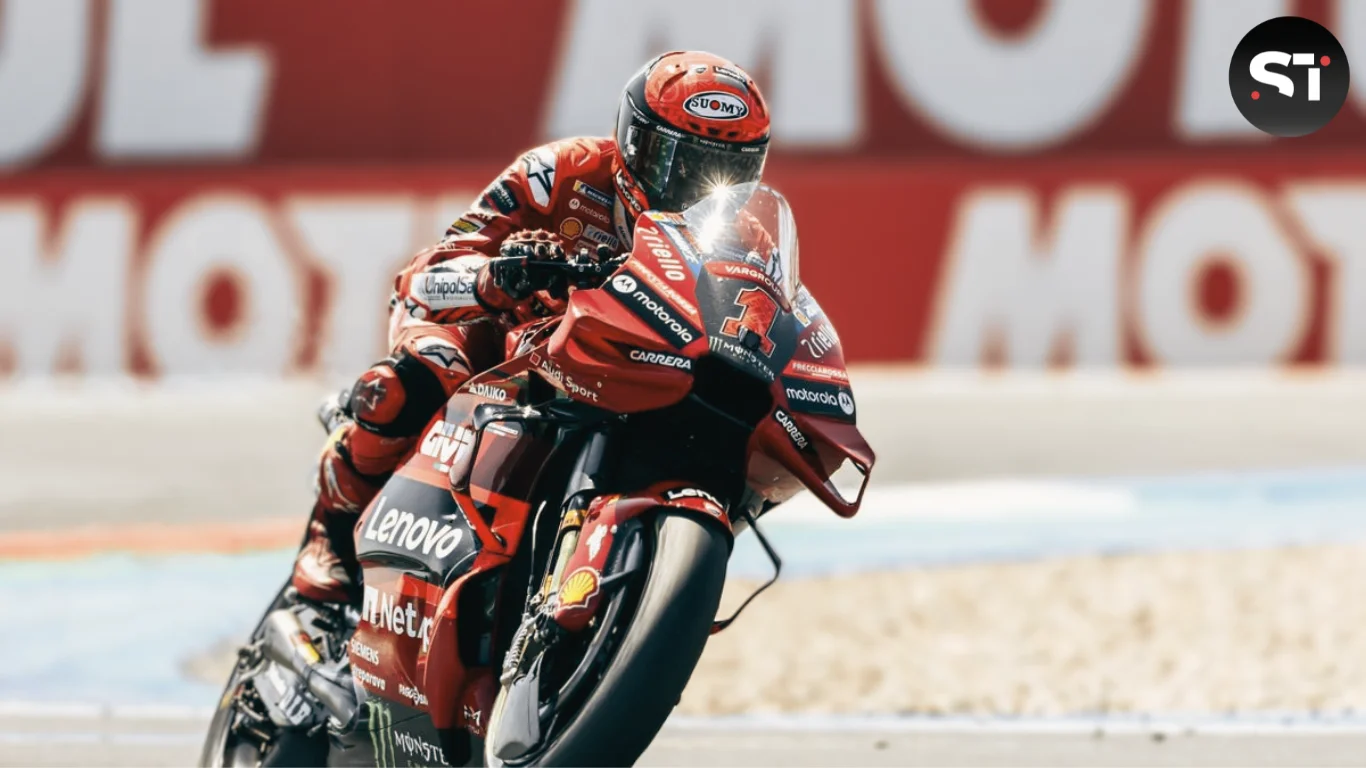
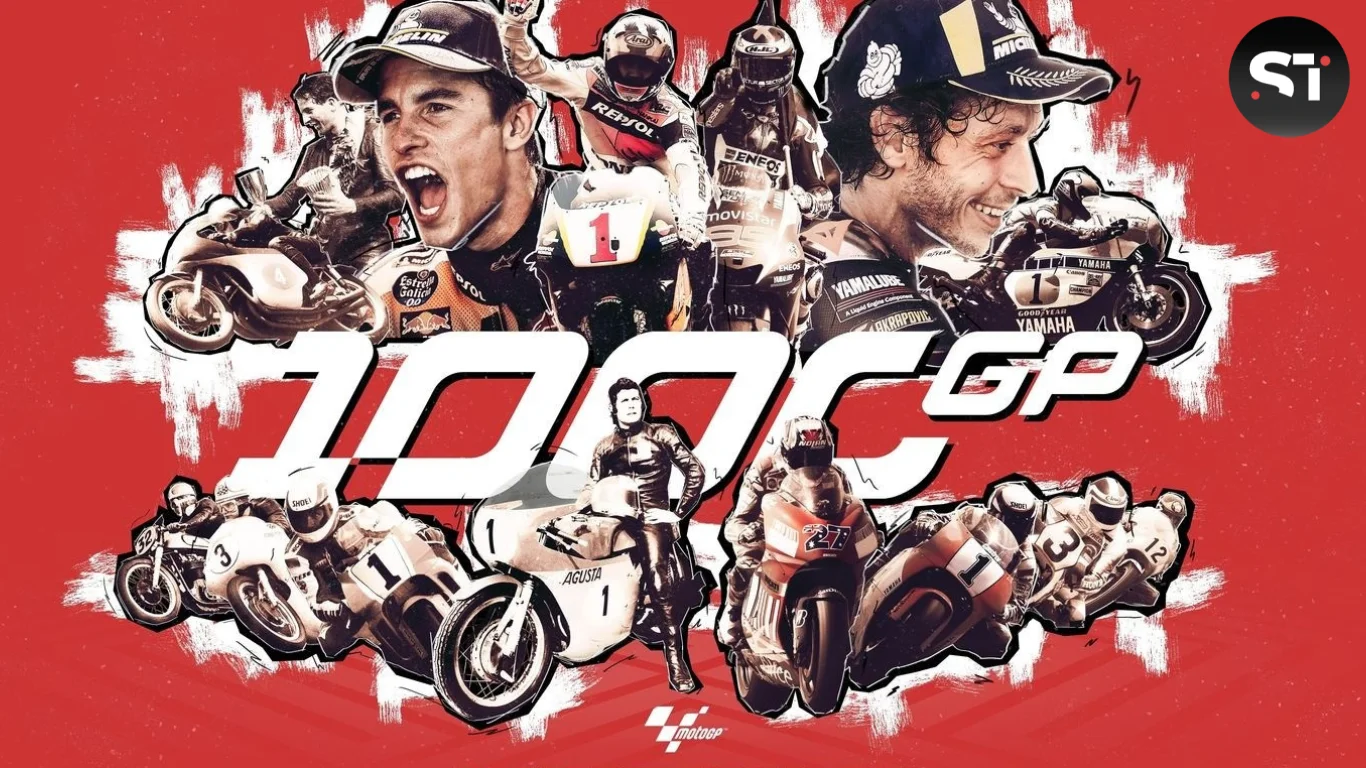
[…] Suggested Read: The Influence of Weather on MotoGP Races […]